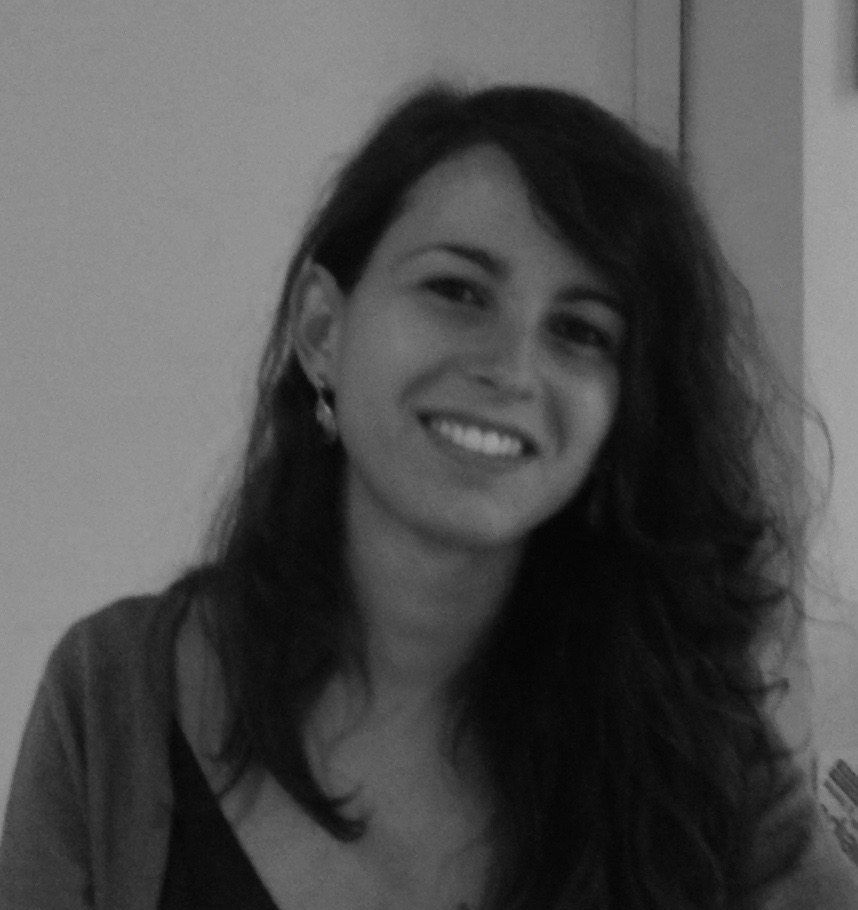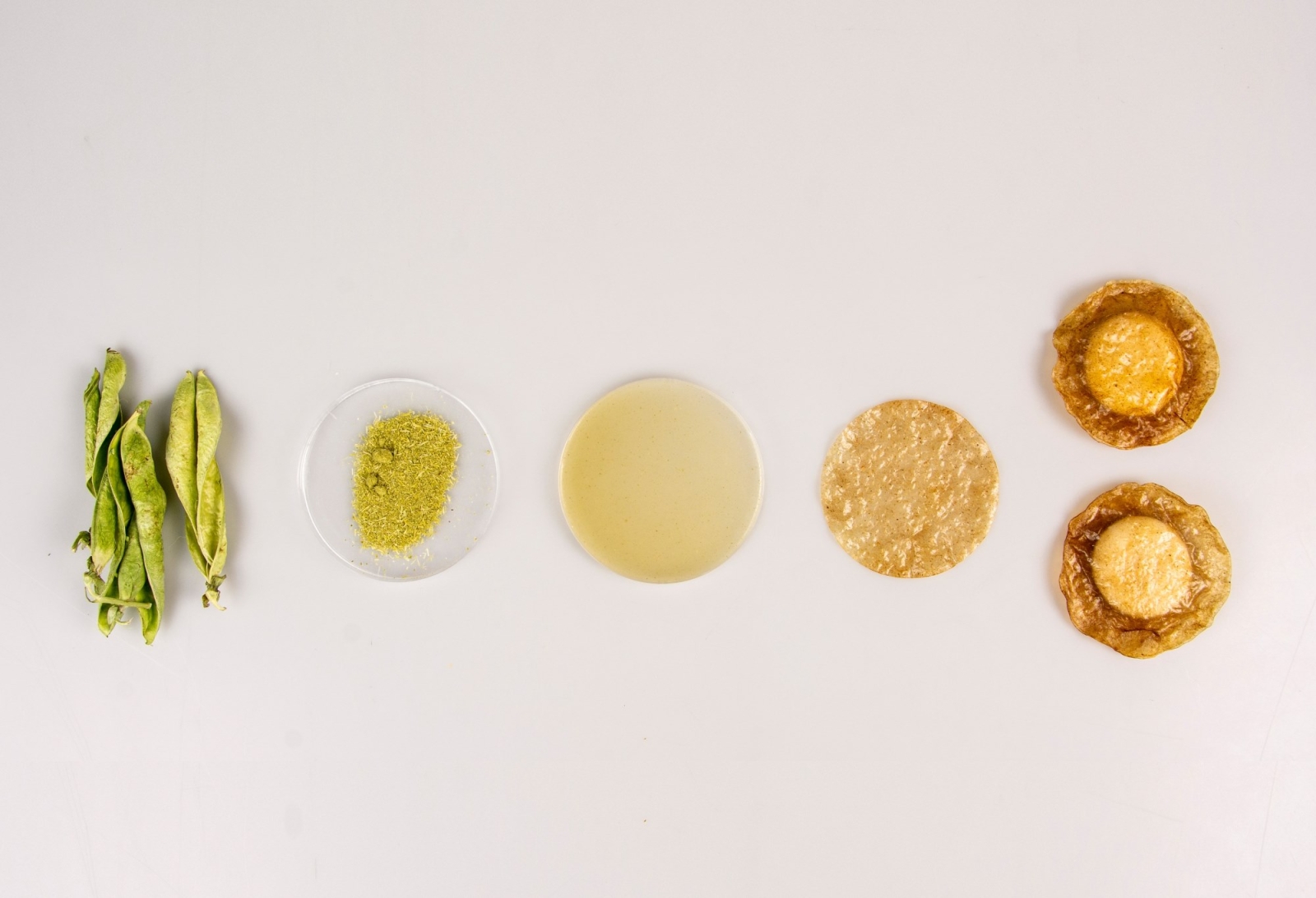“We believe in multidisciplinary approaches to the sector and in design as a method to promote a transition towards a more sustainable future. Materials Design Map is our first project launched: an online database, free and available for anyone with a connection, enabling them to get in touch with companies and designers, while also helping them to understand what kinds of projects are now being developed in a given geographical area.” That’s how Teo Sandigliano, among the creators of Materials Design Maps, explains the goals of the new free online tool aimed at designers and companies worldwide that deal in sustainable material experimentation.
An interactive map of circular materials and solutions
Materials Design Map is a database composed of an interactive map allowing to check the geographical location of the searched project or the total number of projects related to new materials in a specific area. This is followed by a list of projects organized according to four filters: name of the designer, resource type, business type and nation where the studio/company is located. Clicking on the results leads to a description of the project, its location and status (for example whether it’s a prototype or looking for fundings) and the web contact of the designer.
A project by WeVux, a platform dealing in sustainability and young talents, Materials Design Maps aims to map all the different projects carried out and under development, to share them and make them known. The hope is to facilitate their development and the contact with potential sponsors and partners, at the same time promoting the development of a local economy based on circularity, avoiding environmentally harmful practices such as waste transport, landfill storage and the phenomenon of downcycling.
Among the currently mapped projects and products are, for example, the Human Material Loop, a textile material created from keratin, the protein of human hair, One to One chair by Alessandro Stabile e Martinelli Venezia, a mountable, single-material, single-mould chair produced using post-industrial recycling plastic, Tomorrow Machine’s Goneshell, a biobased bottle made to dissolve, or the Brutti ma Buoni by Monostudio Associati, a veritable collection starting from demolition waste.
Information in the database comes directly from the designers, studios and companies, and the materials are updated on a monthly basis. Anyone who has created or is creating a sustainable material can participate, filling out a form in the contacts page. The materials are selected with the help of the scientific committee which includes Giuliana Zoppis, Giuseppe Barbalinardo e Barbara Pollini.
The value of dissemination and sharing
“The project is designed to be free and usable by everyone with just an internet connection – Sandigliano explains – The choice not to adopt a business model comes from the need to be open to everyone. How can we talk about change if information isn’t made available to everyone? We want to focus on the dissemination and sharing of those projects. Furthermore, the decision to pair the research of recent graduates who have decided to follow along this path with projects that are already underway comes from the desire to create a real horizontal database, for everyone. We would also like not to limit ourselves to designers and architects – Savigliano concludes – but to let other professionals know the materials. For example, a friend of mine is a chef and has found the projects interesting for a zero-waste policy and the introduction of new solutions such as plates made with food waste”.
Concretely, the project was born from two critical issues encountered in materials experimentation. The first one is the development of the concept: different samples of new materials allowing us to imagine a sustainable future are often experimentations that struggle to integrate into industrial production systems. The second critical issue is the fragmentation of waste recycling and reuse systems, that change from one state, region, or city to another.
As of today, the map is a work in progress. Right now conversations with some universities and other potential partners and databases are underway to include as much information as possible in the Research and Partners section of the website, thus becoming an archive of best practices. Another idea currently under consideration is the creation of an actual yearly symposium to take stock of the state of the art of sustainable materials.
Website:
www.materialsdesignmap.com
Domain:
Design and sustainable materials
Plus:
Monthly updated database and materials selected also on the basis of self-candidatures.
Features:
Free interactive map for designers and companies dealing in sustainable material experimentation
Image: Bioplastic by Alara Ertenu Studio



